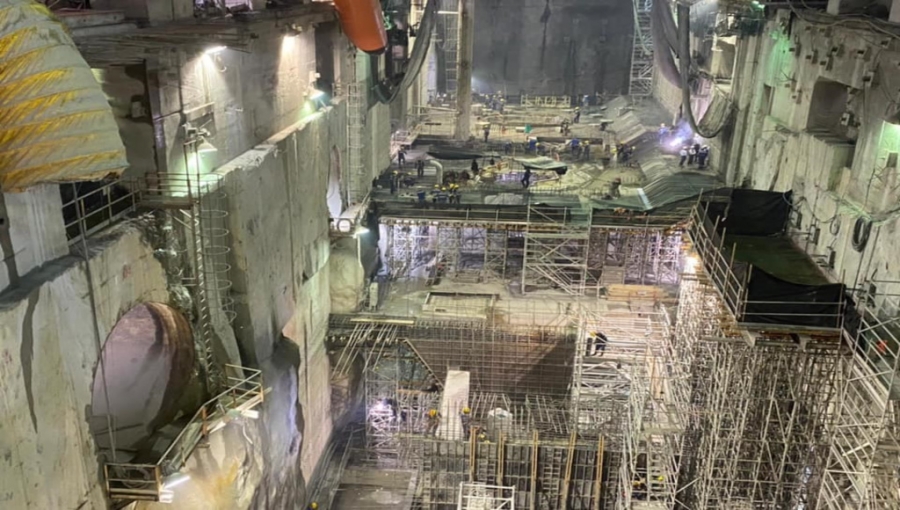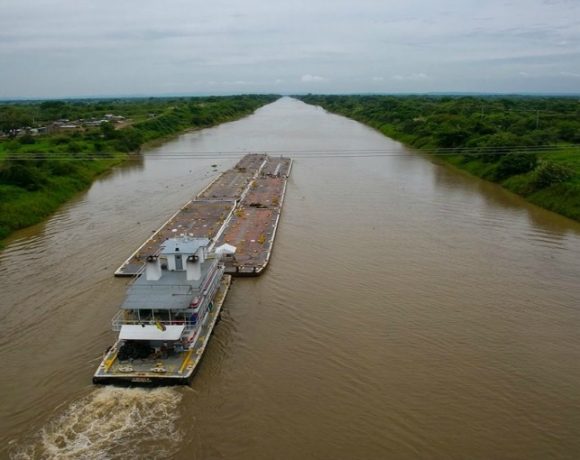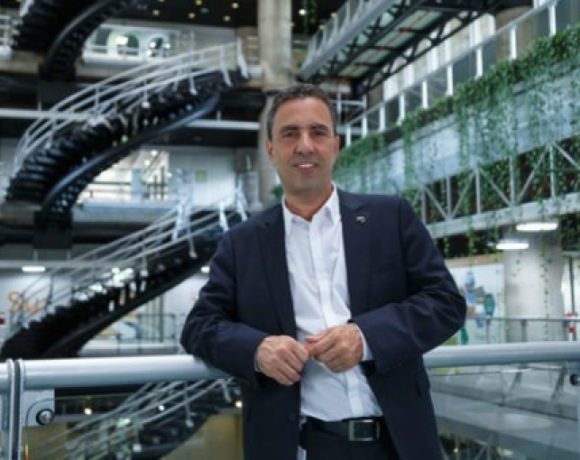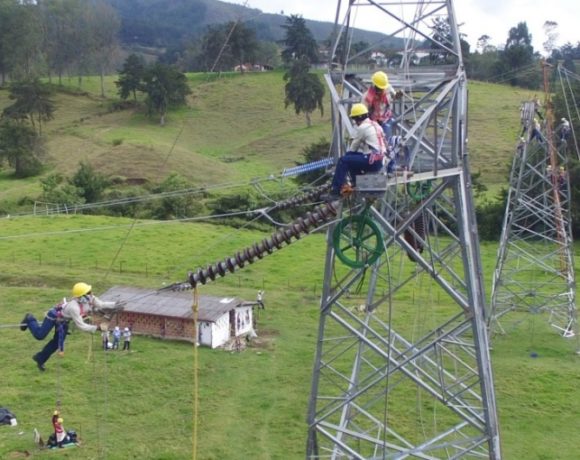EPM Boosts Hidroituango Cost Estimate to COP$18.3 Trillion; Mid-2022 Startup Seen

EPM general manager Jorge Andrés Carrillo Cardoso announced July 14 that the latest capital cost estimate for the 2.4-gigawatt “Hidroituango” hydroelectric dam in Antioquia now stands at COP$18.3 trillion (US$4.8 billion), up COP$2.1 trillion (US$550 million) from the prior estimate.
On the positive front, Hidroituango has now recuperated physical setbacks suffered in April 2018 when a diversion tunnel collapse flooded and wrecked costly infrastructure in the machine room.
As a result of recovery work, Hidroituango is now 84.3% complete — the same percentage of completion as just prior to the diversion-tunnel collapse three years ago, Carrillo said.
“This increased investment [for the recovery work] will be financed mainly with the internal generation of funds and the divestment plan in subsidiaries where EPM has no control,” according to EPM.
The first two generation units at Hidroituango will come online “in the second half of 2022 and the six units remaining between 2023 and 2025,” according to the company.
In a special visit to the site yesterday, Colombia President Ivan Duque added that EPM aims to start-up the very first Hidroituango power turbine “by June 2022 and, if we continue successfully with the schedule, we will have the second one around November 2022.”
Thanks to project recovery, “the cash flow [generated from electric power sales] between the years 2022-2061 continues to have a positive incremental Net Present Value (NPV) and an incremental Internal Rate of Return (IRR) higher than the cost of capital,” according to EPM – contradicting claims made by several project critics, including former Antioquia Governor Luis Perez.
Once fully operational at 2.4-gigawatts capacity in 2025, “the new plant will generate an average of 13,500 gigawatt hours per year [GWh/Year], with which it is expected to obtain commercial net revenues of between COP$1.5 trillion [US$394 million million] and COP$1.7 trillion [US$446 million] per year from 2025, depending on market conditions and prices,” according to EPM.
The hydroelectric plant will account for 17% of the entire nation’s power capacity, by far the single largest. Because of its zero-emissions status, Hidroituango also will provide a “significant contribution to compliance with the emission reduction commitments assumed by Colombia in the Paris agreements,” according to EPM.
“In times of drought, the new plant will substitute energy equivalent to a 750-MW thermal plant, with lower costs and cleaner energy,” the company added.
What’s more, under conditions of its tariff agreements, Hidroituango operation “will not have an impact on the rise in electricity rates, because in Colombia we are facing a competitive market,” the company added.
“With the financial strength and credit confidence of the EPM Group, the positive advances in the management of claims to insurers and reinsurers for contingencies, the internal generation of funds and the divestment plan that EPM’s board and management are preparing to present to the Medellín City Council, in coordination with the municipal administration, we are able to leverage these new investments and the fulfillment of the schedule for the entry into operation and completion of the project,” Carrillo added.
To date, Hidroituango insurer Mapfre has paid EPM US$250 million under the “All Construction Risk” policy as well as another COP$16.9 billion (US$4.4 million) “Civil Liability” policy (which covers damages to third parties and community infrastructure resulting from the diversion-tunnel collapse) “and is advancing with the claim processes with the insurance and reinsurance companies,” according to EPM.
Commenting on the current construction work, EPM Vice-President William Giraldo Jiménez stated: “Among the most important works that are needed for the completion of Hidroituango are the recovery of the southern section of the machine room and the assembly of power generation units 5 to 8, as well as the definitive plugging of the right diversion tunnel and the auxiliary diversion gallery.”
In the northern section of the machine room, “progress is being made in the assembly of power generation units 1 and 2, with works such as concrete embedments and the installation of electromechanical equipment. At the site of units 3 and 4, demolition and clean-up tasks have already been completed,” according to EPM.
“The southern area of the machine room is used today for the unloading of oversized and extra-heavy equipment and, in turn, welding work is carried out with the assemblies of the ferrules.
“Since last December, replacement equipment has been arriving at the project to advance in the electromechanical assembly. Meanwhile, six of the 25 power transformers are already installed in place inside the cavern.
“We expect to start soon with the shielding of the pressure or vertical wells 1 and 2, an important work to strengthen these structures that lead the water from the catchments to the generation units,” the company added.
















